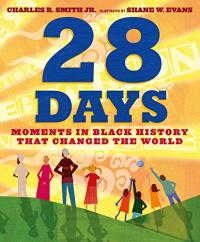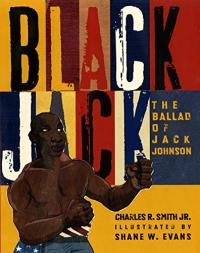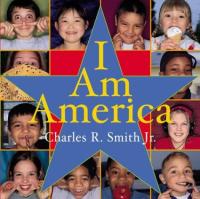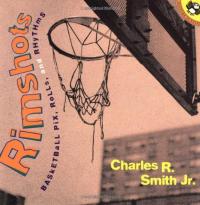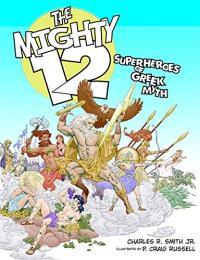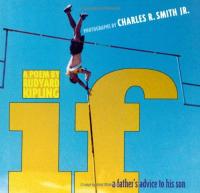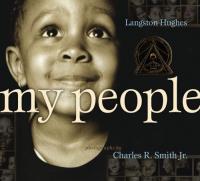
Biography
Charles R. Smith, Jr. was born and raised in California. As a child he spent a lot of time reading books and poetry and playing basketball, but during his stint on the high school yearbook committee he fell in love with photography and decided that he wanted to be a professional photography.
Today, Smith combines his experiences in these three areas — writing, photography, and sports — in his work with children’s books. Rimshots, his first book, is a collection of stories and poems mixed with gritty black and white photos. While many of his books, like Hoop Kings, Hoop Queens, Tall Tales and Short Takes, focus on basketball, Smith has diverse interests. Baseball gets its due in Diamond Life, while the definition of what it means to be American is celebrated through images and words in I Am America. His recent work celebrates those who have inspired him, such as Muhammad Ali in Twelve Rounds to Glory and subjects he’s been interested in since he was a kid, such as The Mighty 12, which celebrates Greek gods and goddesses. Of the distinctive niche Charles R. Smith Jr. fills with his books, he notes, “I want to show students, particularly boys, that there are many ways to pursue their interests, no matter what they may be.”
Smith lives in Poughkeepsie, New York, with his wife and their three children.
Find this author’s books on these booklists
Themed Booklist
Graphic Novels: Read the Pictures
Themed Booklist
Holiday Buying Guide 2008
Themed Booklist
Holiday Buying Guide 2015
Themed Booklist
It’s a Small World After All
Themed Booklist
Selected Books for Black History Month
Themed Booklist
Summer Reading Guide 2010
Themed Booklist
